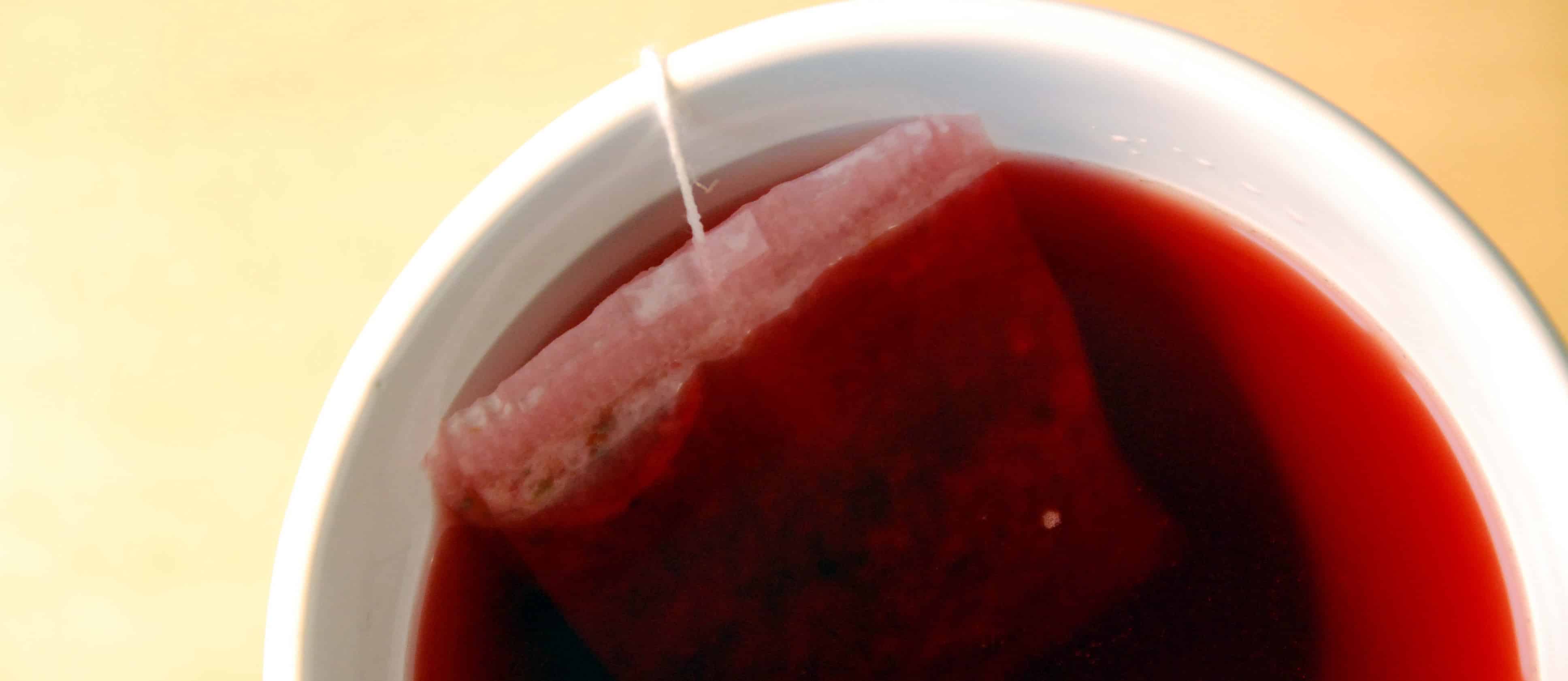A landmark investigation of the Antioxidant Content of 3,139 Foods put all previous rankings to shame. That’s where I got the data to create my videos Best Berries, which compares hundreds of berries to common fruits, and Better Than Goji Berries, which highlights the dried fruit most packed with anti-aging, anti-cancer antioxidants. Antioxidants in a Pinch and A Better Breakfast can help one visualize the effects of adding just tiny amounts of antioxidant-packed foods to our daily diets.
The international team of researchers also compared hundreds of different beverages. They tested everything from Red Bull to crowberry liqueur. I could never imagine any beverage more antioxidant-packed than matcha, which is a drink made out of powdered green tea leaves (so you’re actually eating green tea). But as I showed in Better Than Green Tea?, matcha may have met its match.
Hibiscus tea, made from the dried petals of hibiscus flowers, topped the rankings. It’s known as flor de Jamaica in Mexico, sorrel in the Caribbean, and roselle in many parts of the world. It’s what gives the “zing” to red zinger tea.
My family’s recipe is to soak a handful of bulk dried organic hibiscus flowers overnight and then blend with a knuckle of fresh ginger, a teaspoon of amla, three de-pitted dates and a handful of fresh mint leaves to make the half-gallon we drink throughout the day. By blending in the mint, you’re adding dark green leafies to what may be the highest antioxidant beverage in the world, and it tastes like fruit punch! Your kids will love it.
You can overdo it though. The impressive manganese content of hibiscus tea may exceed recommended limits at high intakes, though, so we probably shouldn’t drink more than a quart a day (for someone that weighs about 150 pounds; a kid weighing 75 pounds wouldn’t want to regularly drink more than 2 cups a day).
Just because something has antioxidant power in the test tube, though, doesn’t mean it has antioxidant flower power in the body. Maybe the phytonutrients aren’t even absorbed. A human investigation of hibiscus tea has finally been published, though.
If you take people and have them drink only water for 10 hours the antioxidant level of their bloodstream drops throughout the day. The antioxidants we’ve accumulated eating healthy foods get slowly used up throughout the day fighting off all those free radicals unless we replenish our antioxidant stores.
It’s hard to get people to fast for 10 hours, though. So, in addition to water, researchers gave the study subjects something they knew wouldn’t mess up their antioxidant measurements: white bread and cheese. What if at the beginning of the experiment you instead gave people a single cup of hibiscus tea? As you can see in my 2-min Herbal Tea Update: Hibiscus, within an hour there’s a nice spike in the antioxidant level in the blood stream. The effect disappears, however, unless you sip hibiscus throughout the day (or eat something other than Wonderbread cheese sandwiches).
Where are antioxidants concentrated the most? Whole plant foods. See the remarkable contrast in Antioxidant Power of Plant Foods Versus Animal Foods. What’s so great about antioxidants? See The Power of NO. How do we know more is necessarily better? See, for example, Anti-Inflammatory Antioxidants.
For more flower power, check out what the saffron crocus can do against depression (Saffron vs. Prozac), PMS (Saffron for the Treatment of PMS), stress (Wake Up and Smell the Saffron), and dementia (Saffron for the Treatment of Alzheimer’s).
There are also chamomile flowers, though Chamomile Tea May Not Be Safe During Pregnancy. More comparisons of herbal teas here: The Healthiest Herbal Tea.
I should note that there are unique phytonutrients found in the tea plant missing from all herbal teas, so one would not expect Dietary Brain Wave Alteration from drinking hibiscus. And hibiscus tea is sour, so make sure not to brush your teeth immediately after consumption (see my video Plant-Based Diets: Dental Health).
-Michael Greger, M.D.
PS: If you haven’t yet, you can subscribe to my videos for free by clicking here and watch my full 2012 – 2015 presentations Uprooting the Leading Causes of Death, More than an Apple a Day, From Table to Able, and Food as Medicine.
